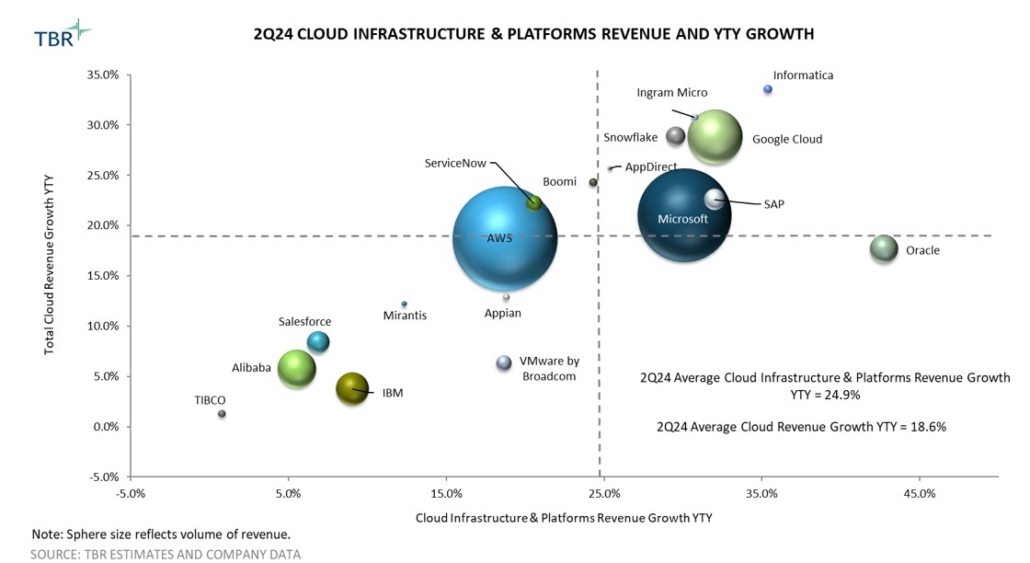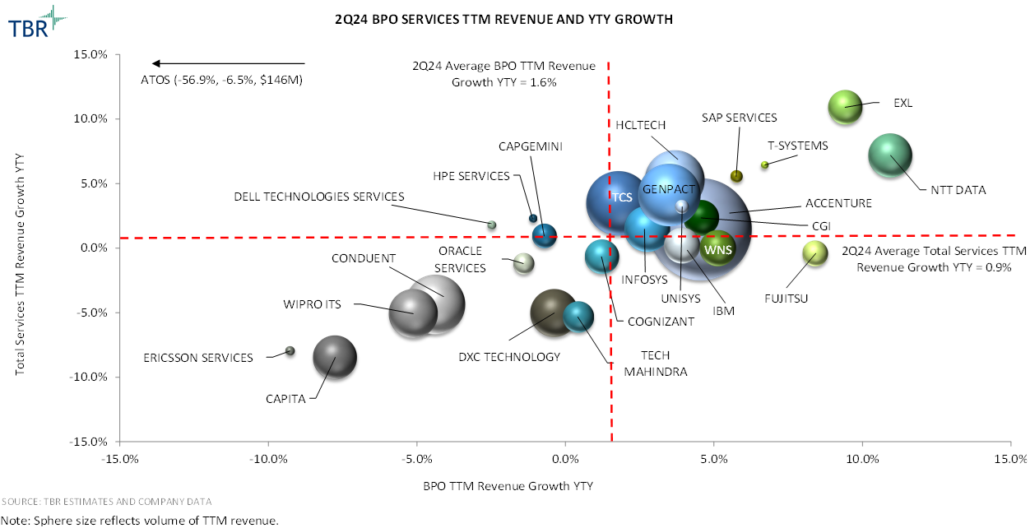B2B Strategic Advantage: Ecosystem Intelligence
Can your alliance partners tell your clients what makes you special? Do your alliance partners’ sales teams know what value you bring to the ecosystem? Are you sure you placed your strategic ecosystem bets on alliance partners that are well positioned for the next growth wave? Are your competitors gaining ground with your common alliance partners through sales programs, go-to-market motions and training that you are not doing?
Vendor consolidation and enterprise optimization of existing digital stacks have compelled IT services companies and consultancies as well as their ecosystem partners to think strategically about who to partner with and how to secure and expand their position within the ecosystem. As a result, aligning business priorities with alliance partners will allow IT services companies and consultancies to develop a more empathetic approach to technology-fatigued buyers. Additionally, understanding pricing and commercial structures backed by common knowledge management programs will elevate the value of joint services and appeal to enterprise buyers’ appreciation of a separation of labor, supported by greater transparency and accountability.
What is ecosystem intelligence for the B2B industry?
Ecosystem intelligence provides the framework and insights necessary for all parties involved to deliver value to the end customer. Establishing common governance models backed by self-accountability metrics helps guide vendors in executing against universally agreed-upon business objectives, thus maintaining ecosystem trust.
Ecosystem go-to-market strategies, which involve multiple vendors collaborating to deliver complex and comprehensive solutions, now drive more than half of total IT investment, and, critically, this revenue generated through ecosystem partnerships has been growing faster than the overall market, turning ecosystem intelligence-enabled insights into invaluable pillars supporting the next wave of vendors’ business model evolutions.
As IT budgets grow, a greater percentage of new funding will flow to companies collaborating to deliver value, in part because the complexity of solutions required by end customers necessitates a multifaceted approach involving various layers of infrastructure, software, services and networking.
Ecosystem intelligence will become a strategic advantage for B2B
In the last few years, ecosystem intelligence has eclipsed competitive intelligence as the use case most frequently leveraging TBR’s IT services, professional services, and digital transformation data and analysis, often in an effort to answer the questions above. That shift reflects three broader trends.
- First, enterprise buyers want to deal with fewer technology vendors, increase transparency around their IT spend and realize faster returns on technology investments.
- Second, portfolio and capability expansion — PwC has expanded into managed services, HCLTech into software, Amazon Web Services into professional services and Lenovo into consulting — has created a more fluid ecosystem, where partnering with competitors and competing against alliance partners has become the norm.
- Third, and perhaps seeming to run as a crosscurrent to the other two trends, the best performing companies have chosen to play primarily to their strengths, staying in their lane and partnering better, rather than building out capabilities and scale.
In 2025, IT services companies and consultancies will refine their alliances, winnowing lists of 100-plus technology partners to the handful that drive more than 90% of their business, articulate a clear joint value proposition, and align at both the leadership and sales force levels. Technology-agnostic was always a bit of a fiction and in the coming years will become a description of the past and not a strategy going forward. To make all that happen, IT services companies and consultancies will invest in ecosystem intelligence and elevate alliance management within their organizations.
Learn more
Download 2025 Predictions special report: Ecosystem Intelligence: Key Strategic Changes for 2025
Watch TBR Insights Live session: Digital Transformation Outlook: Strategy Rebound, GenAI Impact and Ecosystems Importance in 2025



